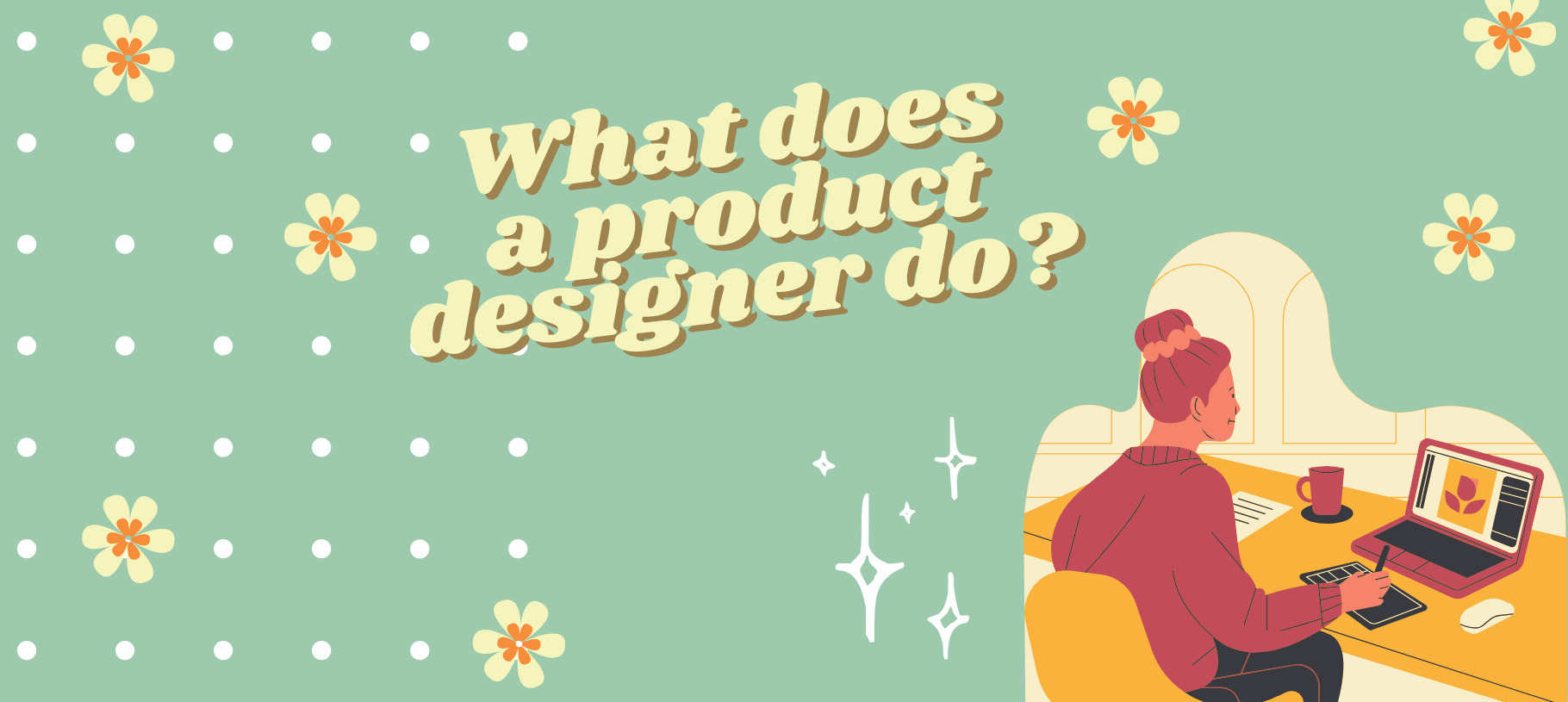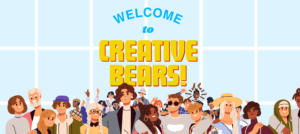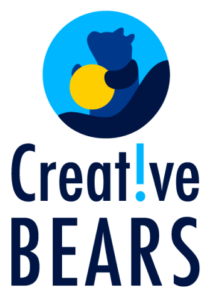A product designer works from scratch to the end of the product launch. After launching, designers must monitor performance, collect user feedback, and continuously update the product.
Graphic design and web design are different.
Graphic designs are printed ads, marketing materials, logos, and images for social media and newsletters.
Graphic designers make brand guidelines. Brand guidelines are the rules to define the overall look and feel of your brand. They help you build a consistent brand identity that your audience can recognize across all platforms. A comprehensive brand style guideline covers typography, colour palette, tone of voice, and mission statement.
Banner graphics are images that promote advertising a product or service. They can be static or animated on websites, emails, and social media posts. Physical banners are large printouts made of fabric or any strip of material.
If you need to create websites, optimize them for mobile devices, and make changes for effective visual communication of the website, the answer will be web design.
Web banners (or display banner ads) are clickable digital advertisements in rectangular graphic format in standard sizes in the most visible areas of a website to capture the user’s attention. It generates awareness and overall brand consideration.
Especially, UX/UI design is crucial in web design.
Like an architectural designer, a UX (User Experience) designer builds the bone of the product. They do a lot of research and experiments to create a functional design. During this period, they do usability testing, a technique to evaluate a product by testing it on users. Their focus is on how users feel about the product. Prototyping is like a blueprint map of the house in architecture.
On the other hand, after the UX designer hands over wireframes, the UI (User Interface) designer decorates the product like an interior designer of a building. They burst their creativity to create more appealing designs for customers. Their focus is on how the product looks.







